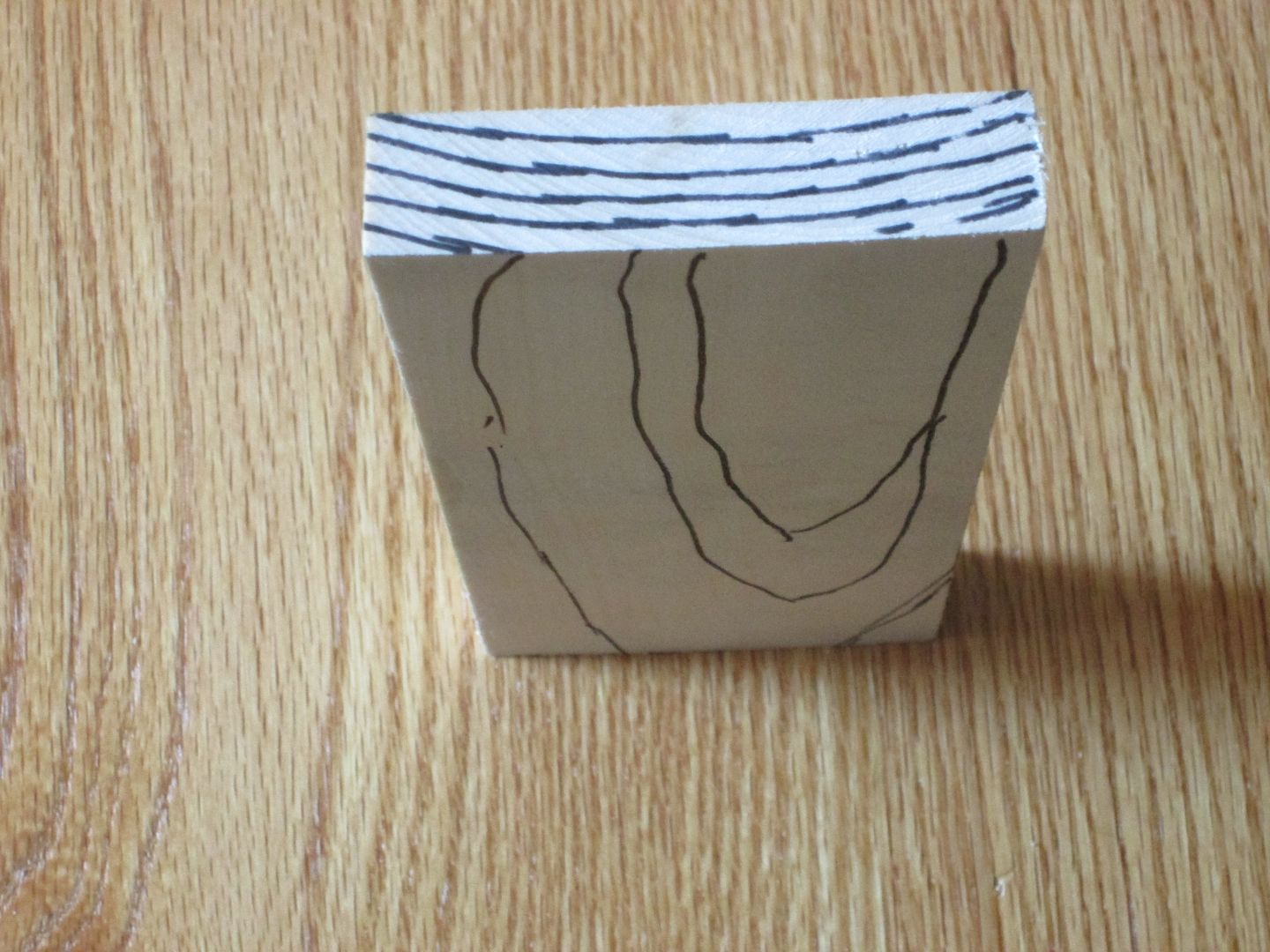- Joined
- Mar 29, 2016
- Messages
- 46
- Reaction score
- 6
Long time reader, first time poster... i am looking to dive into building my first canoe. I have plans from bear mountain boat for the freedom 17. I have some woodworking experience and have build wood SUPs and surfboards so the techniques are not too foreign.
I have some questions and looking to all of you for some suggestions for the boat i am sure that there will be many more to come.
1. I would like to keep the weight down and was thinking about a 4oz with a 4oz football on the outside with 4oz on the inside of the boat...good idea? Too light?
2. For gunnels i am thinking about scuppered gunnels that are ash, i know its heavy so i am interested in other options, maybe a thin exterior gunnel to drop some weight?
The boat will be used for some bwca trips as well as paddling the back waters of the Mississippi River and other smaller rivers in the area.
I have a few projects ahead of the canoe so once those are off my plate the boat will start, pictures and updates to follow, of course.
Thanks for the the help
I have some questions and looking to all of you for some suggestions for the boat i am sure that there will be many more to come.
1. I would like to keep the weight down and was thinking about a 4oz with a 4oz football on the outside with 4oz on the inside of the boat...good idea? Too light?
2. For gunnels i am thinking about scuppered gunnels that are ash, i know its heavy so i am interested in other options, maybe a thin exterior gunnel to drop some weight?
The boat will be used for some bwca trips as well as paddling the back waters of the Mississippi River and other smaller rivers in the area.
I have a few projects ahead of the canoe so once those are off my plate the boat will start, pictures and updates to follow, of course.
Thanks for the the help

